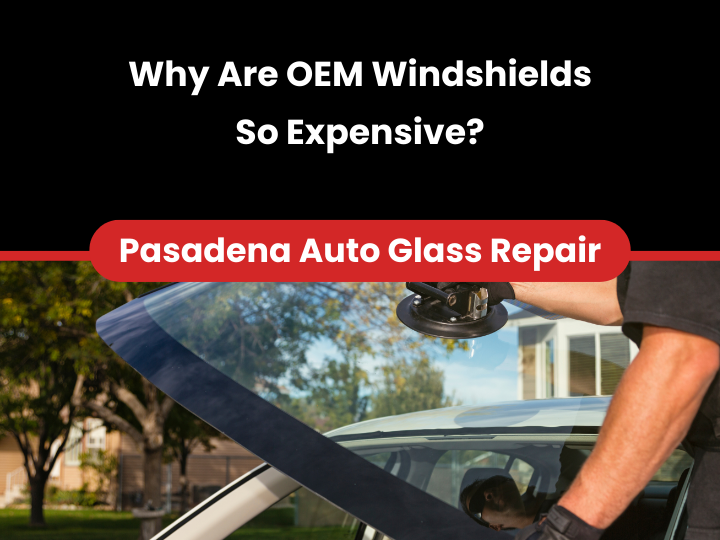Modern vehicles often have advanced driver assistance systems (ADAS) that use cameras and sensors mounted on or near the windshield. Features like lane departure warnings, adaptive cruise control, and automatic emergency braking rely on these systems to work accurately.
OEM windshields are built with the correct materials and design to ensure these systems function properly after replacement. They may include special coatings, acoustic layers to reduce noise, or embedded heating elements to prevent fogging. After windshield installation, many vehicles require a calibration procedure to align the sensors with the new glass, adding both labor and equipment costs.
The windshield plays an important role in protecting passengers during a crash. In a rollover, it helps support the roof. In a frontal collision, it works with the airbags to keep passengers inside the vehicle. OEM windshields are tested to ensure they meet federal and manufacturer crash safety standards.
This testing is more extensive than what is done for some aftermarket windshields. Manufacturers invest heavily in ensuring their windshields perform consistently under a wide range of real world conditions. The cost of this research and testing is built into the price of each piece of OEM glass.
